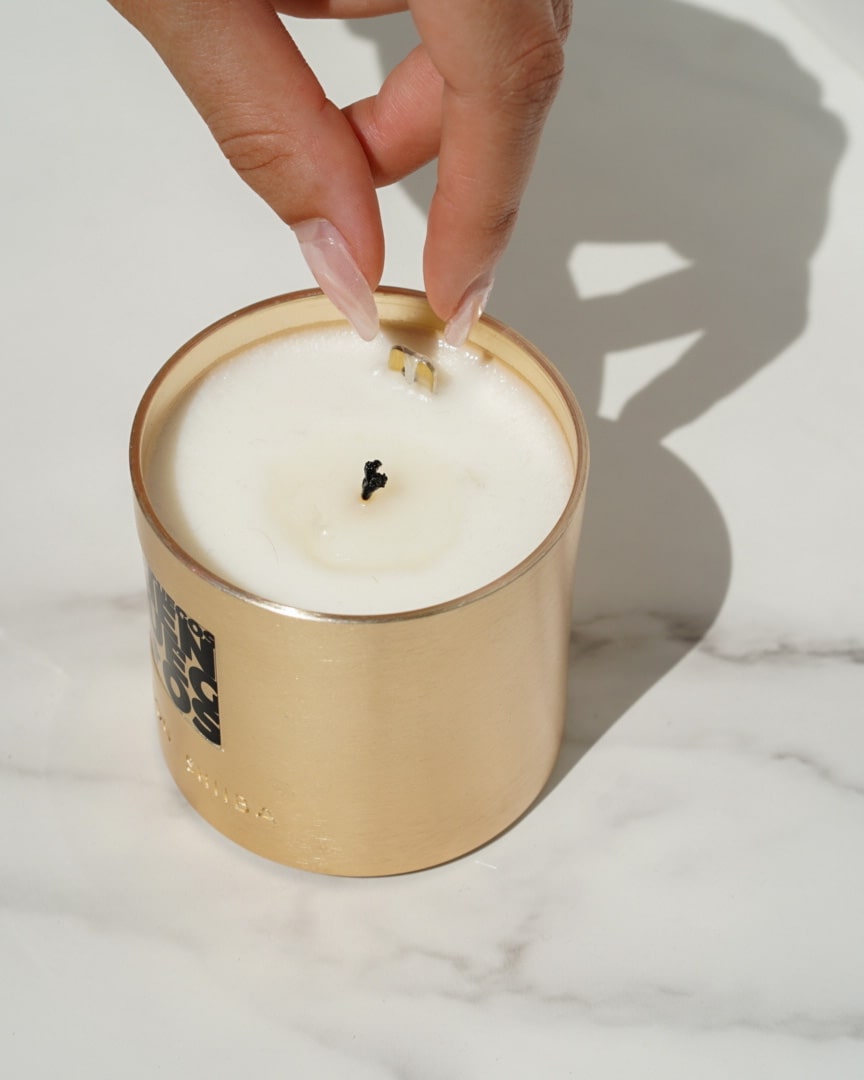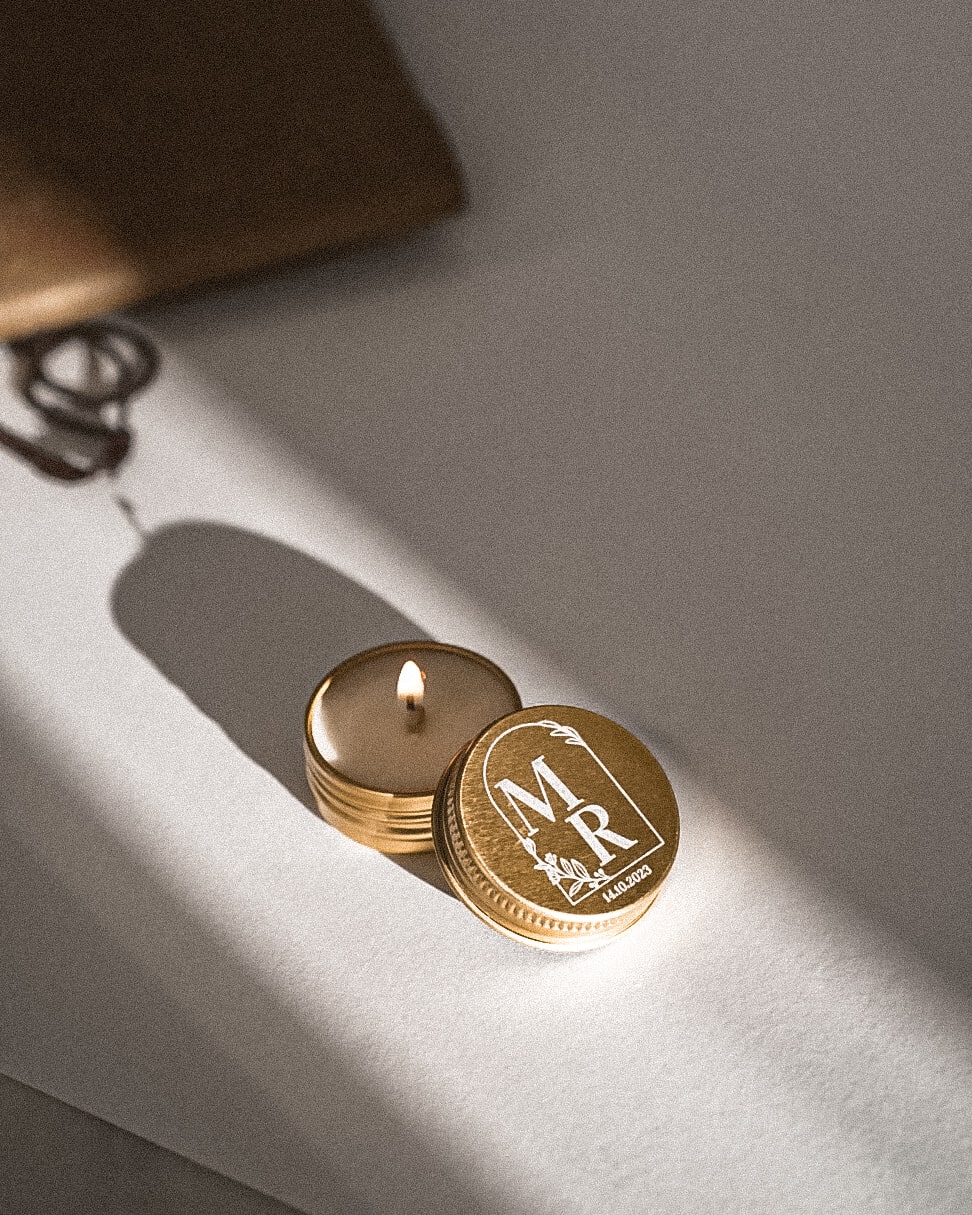SHIIBA'S WORDS
The olfactory facets of perfume
SHIIBA'S WORDS
The olfactory facets
The world of perfumery is constantly expanding. Thus, the flavors have multiplied, making the choice offered to consumers particularly vast but creating at the same time an immense range in which it is not always easy to navigate. These families were born in the 1900s. Suffice to say that since all this time, many discoveries have been made. As such, for more details, each of the major olfactory families now consists of sub-family called olfactory facets
These facets are used to most accurately describe the family to which the fragrance belongs. They make it possible to better identify and identify the perfume. Moreover, as a perfumer, the assembly of large families and sub-families makes it possible to create an infinity of different fragrances.
At the end of this article, go to a perfumery and show off in front of your friends.
We can cite 11 different facets that complete the composition of a perfume.
-
Aldehydes
Aldehydes are recognizable by their metallic, warm or even greasy and slightly acidic smells. Aldehyde gives power, shine and volume to flower arrangements. Namely: Aldehydes is naturally present in lemon zest, but in perfumery it is a synthetic composition. This facet goes particularly well with vanilla or rose.
-
The Ambers
When we imagine the world of perfumery, we only see rhinestones and sequins. Yet one of the major components of perfumes is amber. But where does this ingredient come from? is part of the excrement rejected by the sperm whale. Initially viscous, it will solidify in the air while developing its seductive smell that we use in perfumes. The amber facet is often described as soft, sweet, the vanilla notes then fit perfectly into this facet.
-
Fruity
The fruity facet is very appreciated. Be aware that most fruity flavors are reproduced synthetically in the laboratory. Today, the fruits most used in perfumery are: melon, pear, red fruits, peach, apricot or even pineapple. The fruits bring a sparkling side to the perfume and attract curiosity. These compositions are all the more worn when spring and summer arrive.
-
New freshness
The “new freshness” olfactory facet. Audacity and novelty obtained by synthetic raw materials. This rating was initially used for household products: laundry and cleaning products. The juice that emerges from this facet is very innovative and exhilarating. An icy bath that goes perfectly with the large family of Hesperides, for example, or Ferns.
-
The Gourmands
Does this word already make you feel hungry? You may well eat a small candy to continue reading this article. The components of your favorite delicacies are found today in perfumery, you are not dreaming. These gourmet notes are synonymous with sensuality. The rendering is irresistible for the nose. You can abuse it, I promise it won't show on the scale.
-
Powders
“It smells like makeup”, “it looks like I'm inhaling my eye shadow”. I present to you the powdery facet, indeed this family bears the name of the powder compacts of yesteryear. These notes round off the fragrance and bring glamour, tenderness or freshness.
-
Cookeries
No need to beat around the bush, the leather olfactory family in perfumery simply recalls the smell of leather. It is mainly composed of notes of tobacco, wood, leather. Birch bark is the substance most used in perfumery to give these leathery notes. Previously the leathers were a large family of perfumes, but little by little the animal materials were disputed and this one thus became a facet.
-
The Marines
Marine notes are first discovered by pharmaceutical companies before being used and loved in perfumery. This facet highlights iodized (salty) notes and the gentle sea breeze. These notes bring a burst of pep to the perfume.
-
The Greens
The authentic smell of freshly cut grass or the delicious smell of dew. This facet literally smells of its color, enough to overwhelm your senses. Cucumber, fig tree, bamboo, tomato leaf the world is green like in the Wizard of Oz, the surprising and intriguing effect and just as remarkable as in the movie.
-
Spicy
This facet is perfectly assimilated to the great family of Oriental perfumes. These spicy notes, as for a dish, come to raise any fragrant bases for a vibrant, dynamic and characterful result. Among these aromas we note: cumin, cinnamon, red berries, or even coriander.
-
musk
Like amber, musk is of animal origin. It comes from the glands of the buckshot during its reproductive period. Yes, perfumery is very surprising. Then over the years, synthetic products came to replace musk to protect the animal species. In the world of cosmetics, it is easier to find products that do not contain musk rather than the opposite. It has, in addition to its softness and modesty, the power to fix and harmonize the composition of a perfume.
We have just covered the 11 different olfactory facets that a perfume can include. Obviously a perfume, whatever it is, can be composed of several of these facets. There are no rules in perfumery as to the association of odors. We hope you enjoyed this article and enriched your culture and fueled your curiosity.
find us on instagram !


